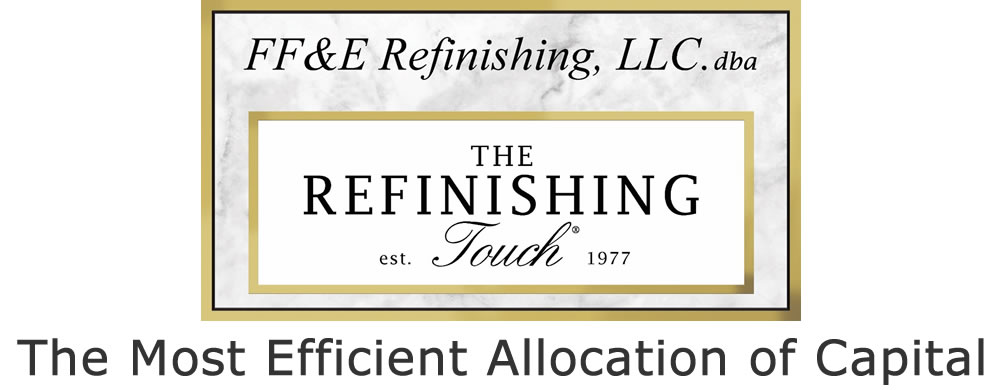 Property improvement plans – three words that make most hoteliers shriek.
Property improvement plans – three words that make most hoteliers shriek.
But even with the burden traditionally associated with PIPs, renovations are returning to the forefront of the hospitality industry’s agenda as a cost-effective and sustainable alternative to a top-down hotel makeover. The increasing number of travelers this year has not only helped hotel owners rebound, but has also caused a rise in property investments – one PIP at a time.
This year, construction companies are keeping busy with two to three PIP projects per month – a stark contrast from the two or three per year in 2011, according to HotelNewsNow.com.
The increase in completed PIPs can also be attributed to the many strategic decisions and tactics (as well as stronger brand / hotel owner relationships) that have surfaced to ensure a smoother, more efficient renovation project. We thought we’d share some of the most important:
– Invest in furniture asset management services instead of buying new. Not only does it save on budget, but it also reduces a PIP’s estimated carbon footprint while still meeting brand standards.
– Decide ahead of time whether to keep the hotel open, closed, or partial occupancy during PIPs. Remember: most guests are turned off by the sight of renovations, so deciding to deploy multiple renovation stages may be key.
– If keeping a hotel open during PIPs, notify guests of any inaccessible areas beforehand. For example: if the hotel’s pool is closed for construction, inform guests of the nearest public pool right as they check in.
– Price PIPs quickly. It’s not unusual for a project to take between three to four months to complete.
– Communication is critical. Remain in constant contact with project teams and hotel management to ensure a seamless process.
For more information on PIPs and the hospitality industry, watch the Hotel Interactive webcast ‘Pressure Free PIPs’, sponsored by The Refinishing Touch, here.

 Here at
Here at